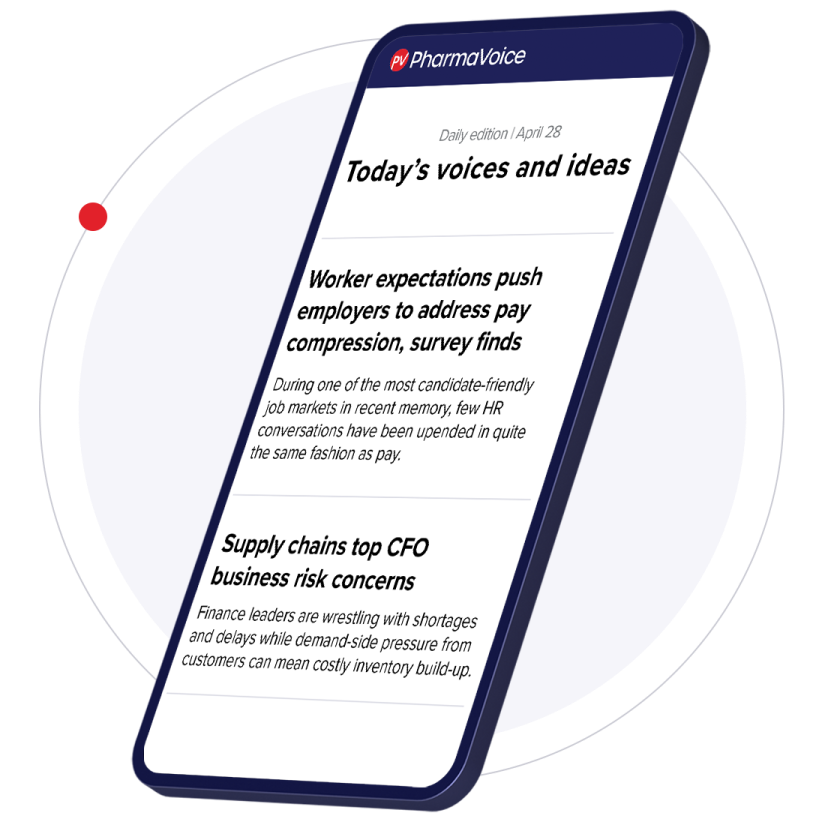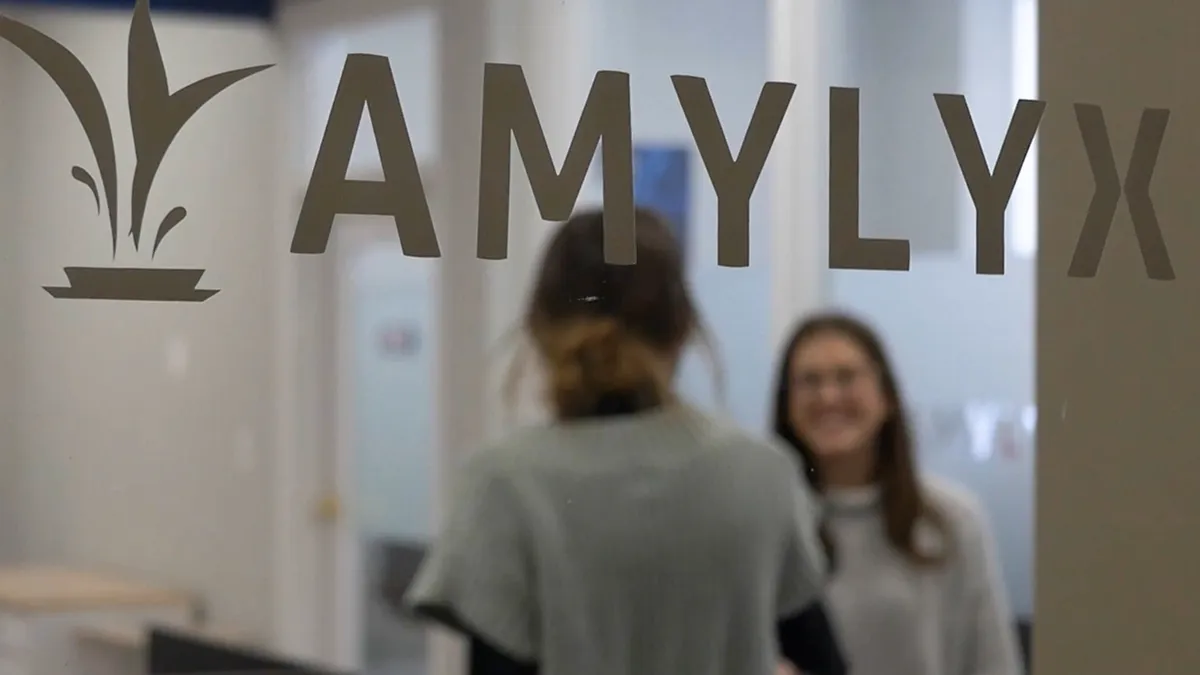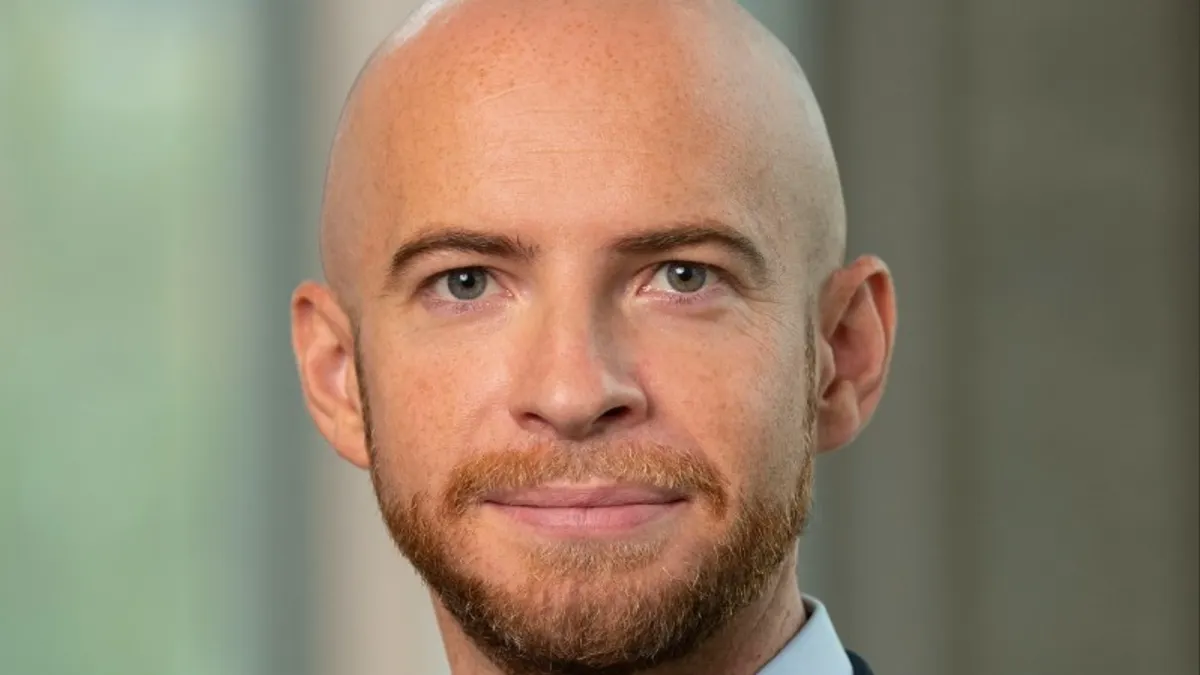Stem cells represent a type of holy grail in regenerative medicine. They can grow into any type of cell or tissue, offering the potential to repair everything from the heart and bone to the pancreas and brain.
But despite intense scientific interest, realizing their full promise has been difficult and slow as drugmakers face scientific and structural challenges.
“It’s still early days in the stem cell therapy market,” said Ashwin Singhania, a principal in EY-Parthenon Life Sciences practice.
However, stem cell treatments are gaining traction in the clinic and are closer to delivering a breakthrough.
“Currently, there are about 130 active trials using stem cells. It’s a small but important part of [pharma’s] pipeline,” he said.
Stem cell therapies span a number of therapeutic areas including neurology, musculoskeletal disorders, cardiovascular disease, metabolic conditions and blood cancers. Some of the most promising candidates in later-stage trials include treatments for heart failure, stroke, ophthalmology, Type 1 diabetes and Parkinson’s disease, Singhania said.
“Those are much bigger populations than these rare diseases or ultra-rare diseases, and they’re hoping to be game-changers,” Singhania said.
And if upcoming trial data are favorable for these indications, it could spur more investment in the field.
Slow but steady progress
Stem cell research was historically focused on embryonic stem cells and mesenchymal stem cells, which can be derived from bone marrow and have the potential to become bone, muscle, cartilage and fat cells.
“Where people are really focusing their time and effort right now are on [induced pluripotent stem cells],” Singhania said.
These cells are derived from adults and can be reprogrammed into an embryonic-like state, opening them up to broad applications. The discovery of iPSCs earned scientists John Gurdon and Shinya Yamanaka a Nobel Prize, and their work has energized the field. Because they’re taken from adults rather than embryos, this approach sidesteps the ethical concerns that have dogged embryonic stem cells.
To date, only a handful of stem cell therapies have made it to market, including Mesoblast’s Ryoncil for pediatric acute graft-versus-host disease, and Gamida Cell’s Omisirge for hematologic cancers.
“There are other products in bone repair, regeneration and wound healing,” Singhania said.
However, those are minimally-manipulated stem cell-based products that typically fall outside the FDA’s full drug approval pathway and don’t require the same level of scientific rigor. In recent years, there’s been a proliferation of clinics providing unapproved treatments to patients that are fundamentally different from the stem cell therapeutics being explored by the pharma industry, Singhania said. They’ve also drawn scrutiny due to the lack of evidence the treatments are effective or safe.
“Much like a lot of other emerging technologies, it’s about getting the smaller and more niche wins right now."

Ashwin Singhania
Principal, EY-Parthenon Life Sciences practice
Meanwhile, clinical trials in pharma for FDA-regulated stem cell treatments have remained steady since about 2005.
“About 70 new trials are started every year that have at least one U.S. site,” Singhania said. “We saw a spike in 2020 … with folks starting to see if they could develop programs [for] COVID-related diseases, such as long COVID, or acute respiratory [distress] syndrome.”
But that surge subsided, returning the space to its more traditional level of clinical activity — around 60 new trials a year.
“That largely mirrors what we’ve seen in cell and gene therapy,” Singhania said.
Current market offerings have largely met the modest expectations set for them.
“What has been commercialized really only impacts a small number of patients. We haven't seen mass-market adoption,” Singhania said.
That could soon change however, as the newer stem cell products working their way through clinical trials may offer significantly greater market potential with some showing transformative potential in early-stage trials.
In June, Vertex Pharmaceuticals announced results from multi-phase trials of its off-the-shelf stem-cell-derived islet cell therapy, zimislecel, for Type 1 diabetes. All 12 patients in the trial started producing their own insulin, reducing their dependence on insulin shots. By 12 months, 10 patients no longer needed insulin therapy at all.
A promising pipeline
Several large pharma companies are also advancing stem cell products. Bayer subsidiary BlueRock Therapeutics’ bemdaneprocel is now in phase 3 trials to treat Parkinson’s disease. Roche’s Genentech and Lineage Cell Therapeutics are in a phase 2 study with OpRegen for a type of age-related macular degeneration. Earlier trial data showed promising signs of stabilizing or improving vision in patients.
If these emerging treatments see continued success, they could accelerate progress. So far, there has been limited venture capital investment in the field.
“There are a lot of questions on payment mechanisms and the commercialization side, more so than the basic science,” Singhania said.
Like other cell and gene therapies, the question is how the health system will pay for these costly, one-time therapies with curative potential. Experts have proposed a range of options, from a consortium pool funded by payers that patients can draw from, to pay-for-performance models that only reimburse treatment costs if it’s successful, he said.
In addition to questions surrounding cost structure, there are regulatory barriers to contend with, which could be worsened by recent staff cuts at the FDA.
“I still think the industry has limited access to regulatory expertise within the FDA, and then it's going to get compounded by what we were expecting to see in terms of FDA shortages and capacity constraints,” Singhania said.
Despite the FDA’s Regenerative Medicine Advanced Therapy pathway, which is designed to accelerate cell and gene therapy and regenerative medicine approvals, the existing regulatory framework may still be insufficient.
“Because it's a nascent area, there's complexity in the regulatory framework and not a lot of precedents for how to read these,” Singhania said.
The next few years could prove pivotal for these treatments.
“Much like a lot of other emerging technologies, it's about getting the smaller and more niche wins right now, demonstrating the proof of concept, and then being able to take it to bigger diseases,” he added.


















